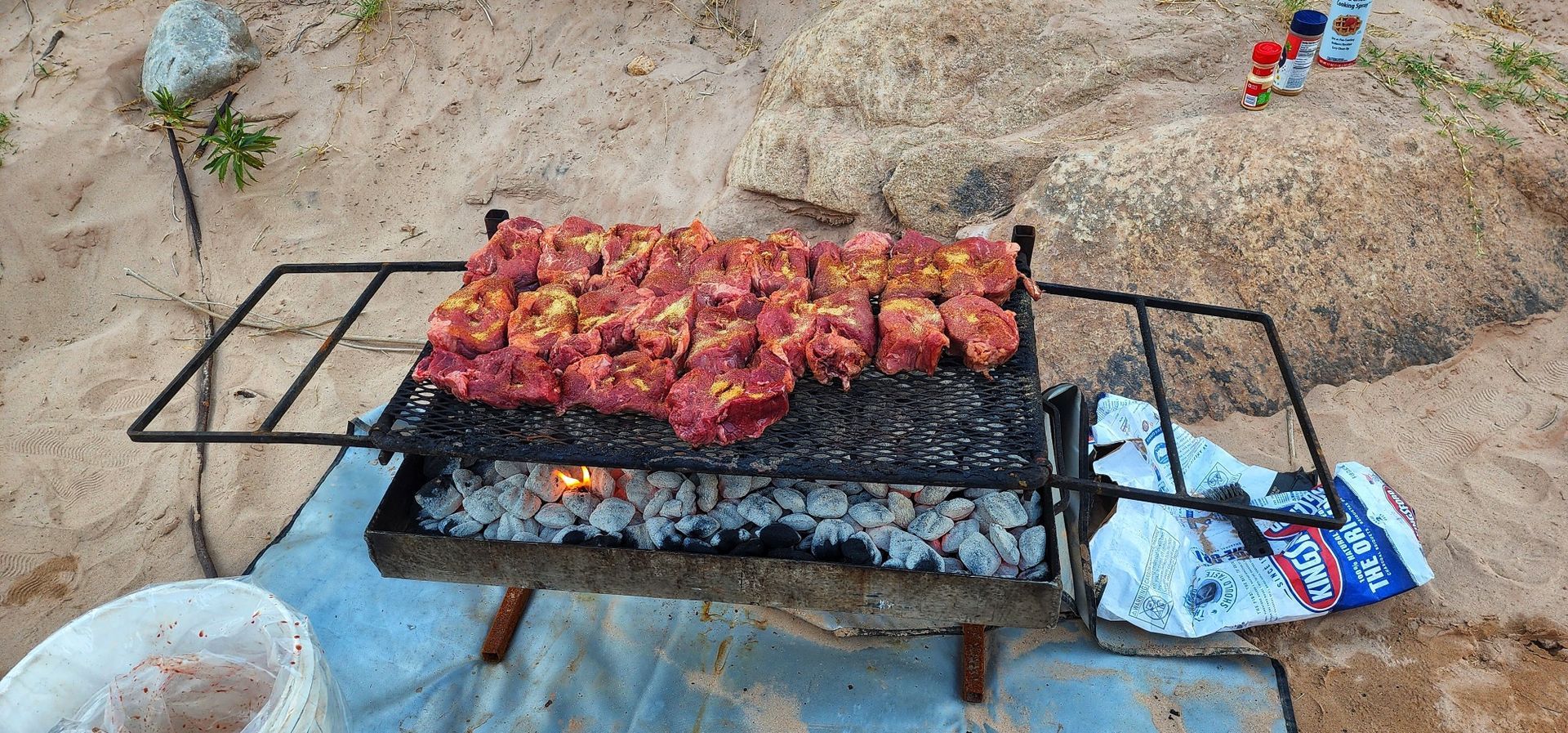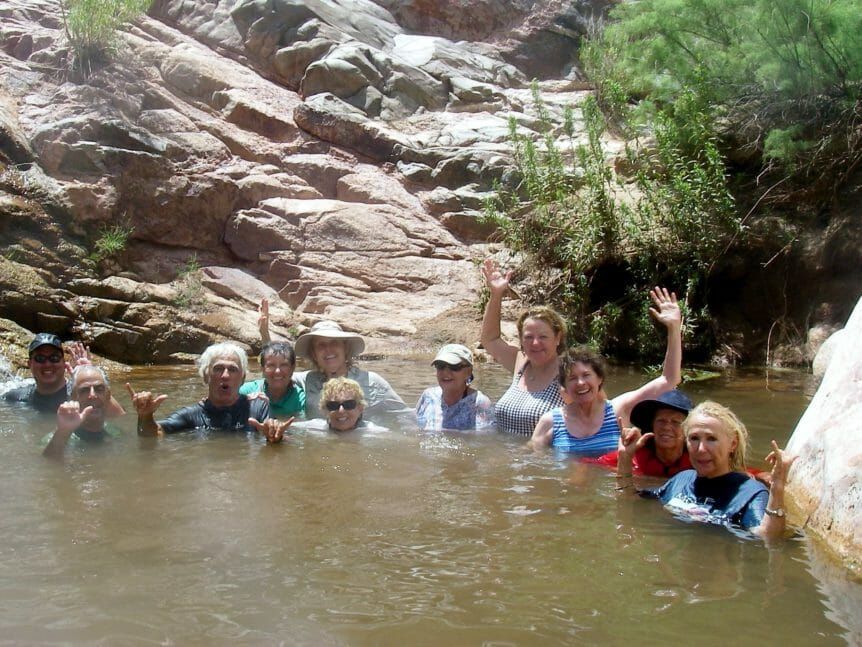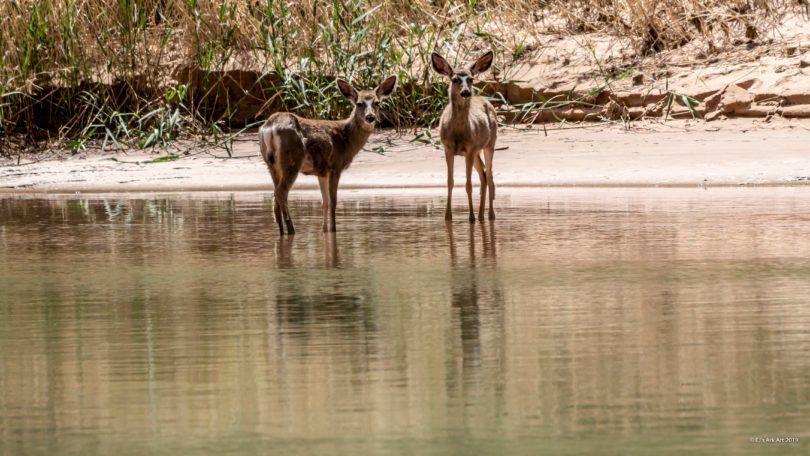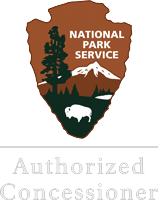Grand Canyon Weather by Month: Best Times to Visit & Raft

Planning a trip to the Grand Canyon? One of the most important things to know before you go is the weather. Conditions can change dramatically depending on the time of year and even from the rim to the river below. Temperatures at the top of the canyon can be freezing in winter, while the bottom can feel like an oven in summer.
In this guide, you’ll find a month-by-month breakdown of Grand Canyon temperatures, seasonal tips for the South Rim, North Rim, and Inner Canyon, plus advice on the best time to visit and raft the Colorado River. Read on to learn more!
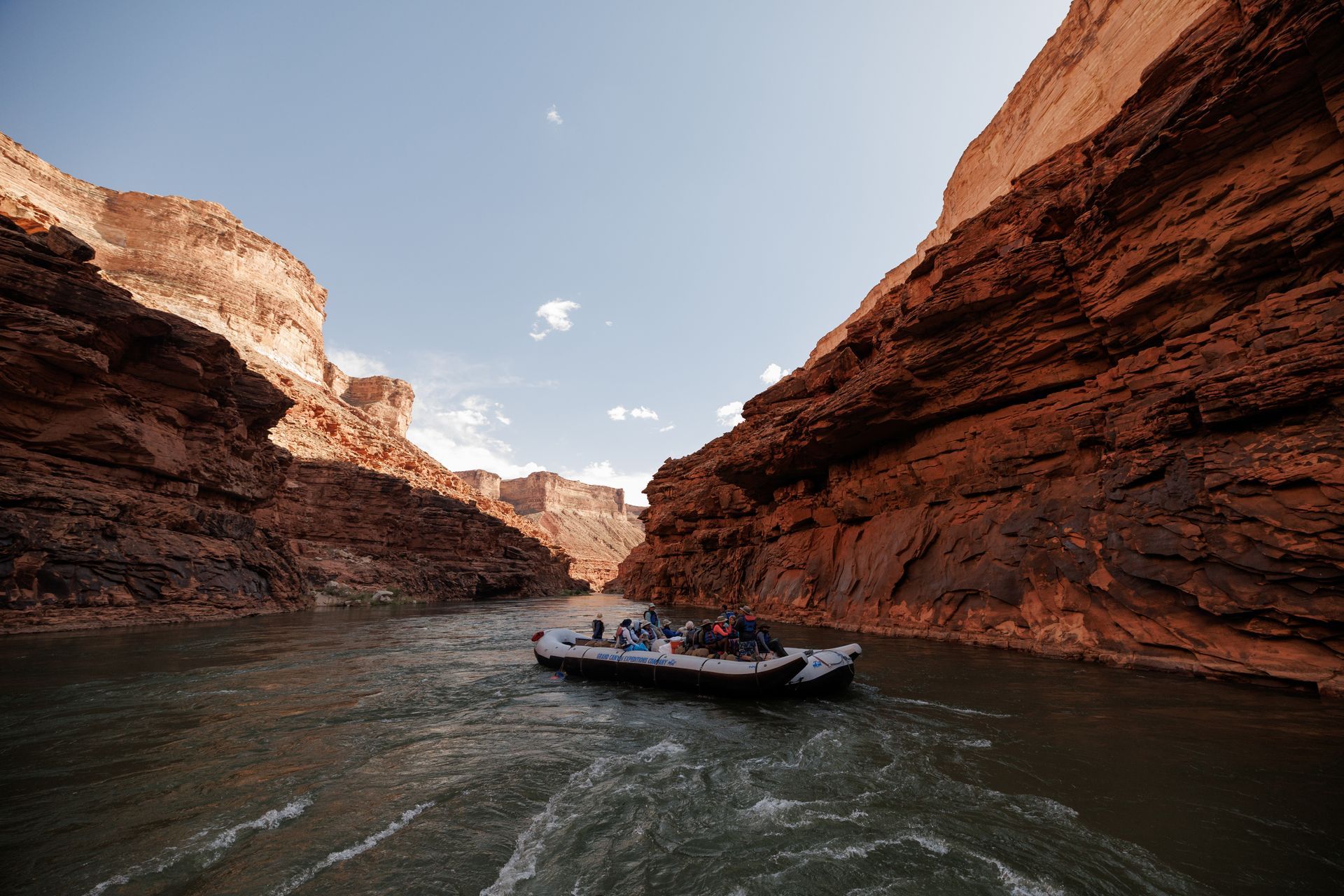
Grand Canyon Weather by Month
The Grand Canyon experiences huge temperature swings depending on the season and elevation. The South Rim sits at about 7,000 feet, while the bottom of the canyon drops nearly a mile lower, meaning it can be 20–25°F hotter at the river than at the rim.
Here’s a look at the average highs and lows by month, based on historical NOAA and NPS climate data:
| Month | South Rim Avg High / Low (°F) | Inner Canyon (Phantom Ranch) Avg High / Low (°F) | Notes / Precipitation |
|---|---|---|---|
| January | 41 / 18 | 57 / 35 | Snow likely on rim; ~1.3 in precipitation |
| February | 45 / 21 | 64 / 40 | Cold nights, crisp days; ~1.5 in precipitation |
| March | 51 / 15 | 73 / 47 | Variable weather; ~1.4 in precipitation |
| April | 60 / 32 | 82 / 53 | Pleasant hiking; ~0.9 in precipitation |
| May | 70 / 39 | 90 / 60 | Warming quickly; ~0.7 in precipitation |
| June | 81 / 47 | 103 / 71 | Very hot in canyon; ~0.4 in precipitation |
| July | 85 / 54 | 105 / 76 | Monsoon storms; ~1.8 in precipitation |
| August | 82 / 53 | 101 / 72 | Storms continue; ~2.3 in precipitation |
| September | 77 / 47 | 95 / 66 | Cooler nights; ~1.6 in precipitation |
| October | 65 / 36 | 83 / 55 | Crisp fall air; ~1.1 in precipitation |
| November | 52 / 27 | 70 / 45 | Cold rim nights; ~0.9 in precipitation |
| December | 43 / 17 | 56 / 36 | Snow at rim, quiet season |
Data source: National Park Service & NOAA historical climate averages.
Tip: Always check the forecast before your trip. Temperatures can swing dramatically from day to night.
Seasonal Weather at the Grand Canyon
Winter (December – February)
- South Rim: Cold and snowy, icy roads possible.
- Inner Canyon: Mild days, chilly nights.
- Good for: Avoiding crowds, photography with snow.
Spring (March – May)
- South Rim: Warming but still cool at night.
- Inner Canyon: Comfortable temps, wildflowers blooming.
- Good for: Hiking, early-season rafting trips.
Summer (June – August)
- South Rim: Warm days, afternoon thunderstorms.
- Inner Canyon: Extremely hot, often over 105°F.
- Good for: Rafting (if you can handle the heat), stargazing.
Fall (September – November)
- South Rim: Crisp, colorful, fewer crowds.
- Inner Canyon: Cooler, great for multi-day hikes.
- Good for: Rafting in September, hiking, photography.
Fun fact: The North Rim is the “cool side” of the Grand Canyon, about 10–15°F cooler than the South Rim, but it’s only open mid-May through mid-October due to snow.
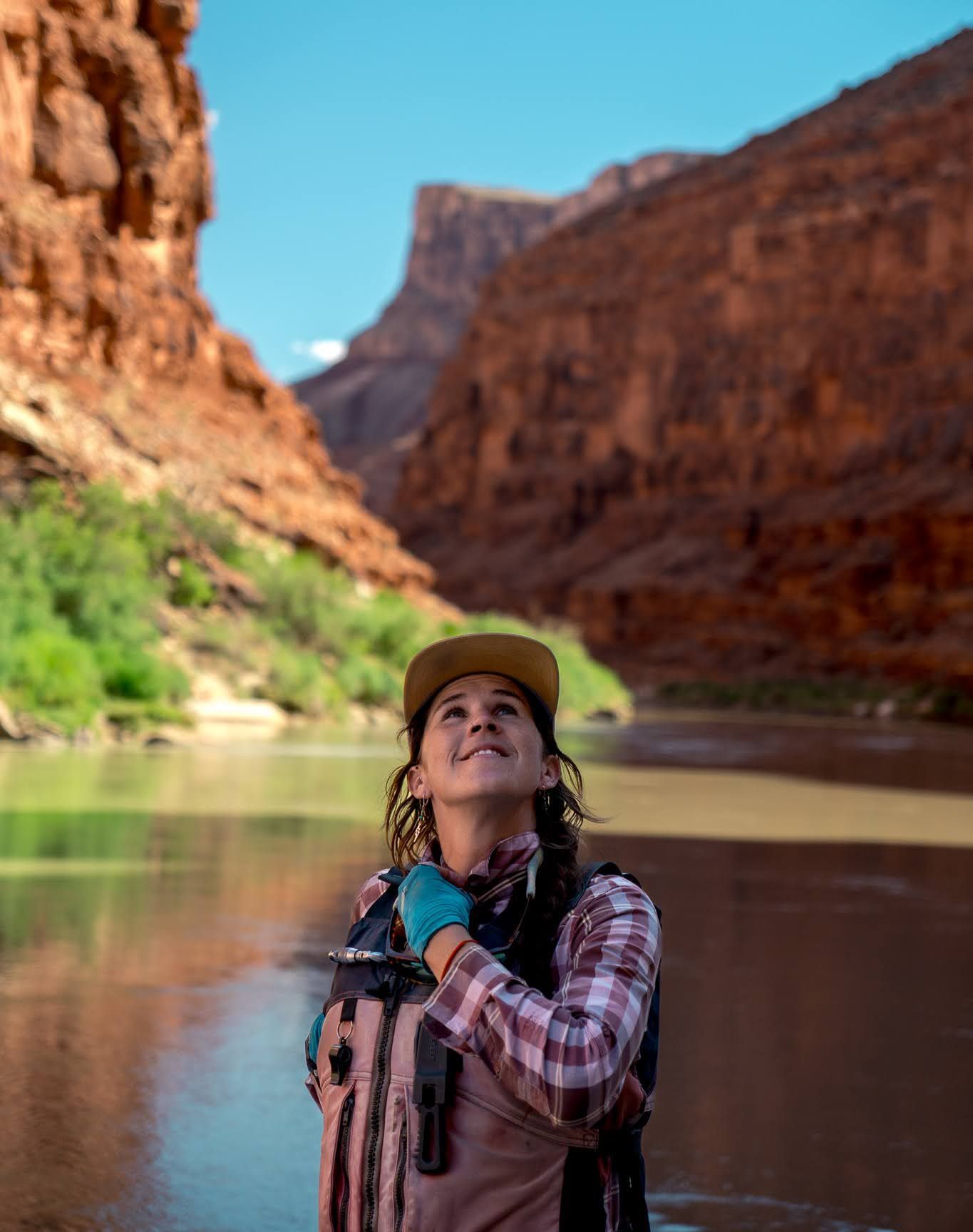
Best Time to Visit the Grand Canyon
So, what’s the best time of year to go? It depends on what you want to do.
- Best time to raft the Grand Canyon:
- April – May: Higher spring flows, cooler temps.
- June – August: Warm nights, big water, but extremely hot days.
- September – October: Cooler, great for late-season trips.
- Best time for hiking: Spring and fall (March–May, September–October).
- Best time for photography: Winter (snow adds contrast), late summer for dramatic monsoon skies.
Planning a rafting trip? Check out our Grand Canyon rafting tours to find the perfect launch date.
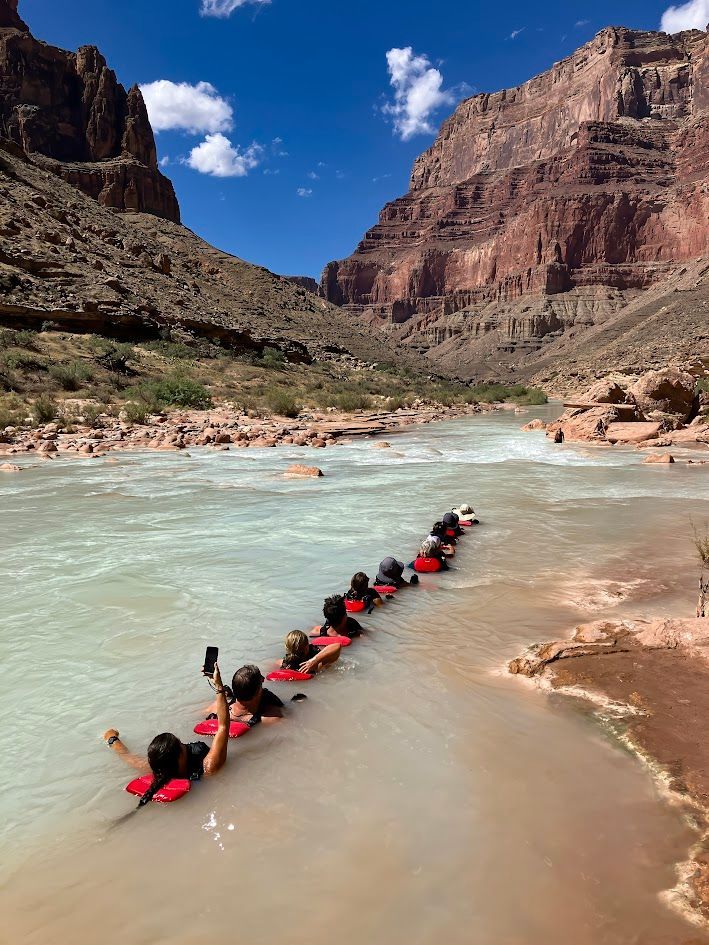
Grand Canyon Weather FAQs
Why is 90% of the Grand Canyon closed off?
About 90% of the Grand Canyon is designated as backcountry wilderness. Most of it is remote, rugged, and difficult to access without permits or guided trips. Only certain areas, like the South Rim, North Rim, and river corridor, are developed for visitors.
What is the best month to go to the Grand Canyon?
April, May, September, and October are generally the best months to visit. These months bring mild temperatures, fewer crowds, and ideal conditions for hiking and rafting.
Does the Grand Canyon have snow?
Yes, the South Rim regularly gets snow from late fall through early spring. Snowfall is rare inside the canyon itself, where temperatures stay much warmer.
What are the temperatures at the Grand Canyon by month?
Temperatures vary widely by elevation. The South Rim averages 41°F in January and 85°F in July, while the Inner Canyon can reach 105°F in summer. (See the full month-by-month table above.)
Final Thoughts
The Grand Canyon’s weather is as dramatic as its landscapes. From snowy rim winters to blazing summer heat in the canyon, knowing what to expect will help you plan a safe and unforgettable adventure.
If you’re looking for the best time to raft, spring and fall offer comfortable weather, while summer brings thrilling high water for the adventurous.

